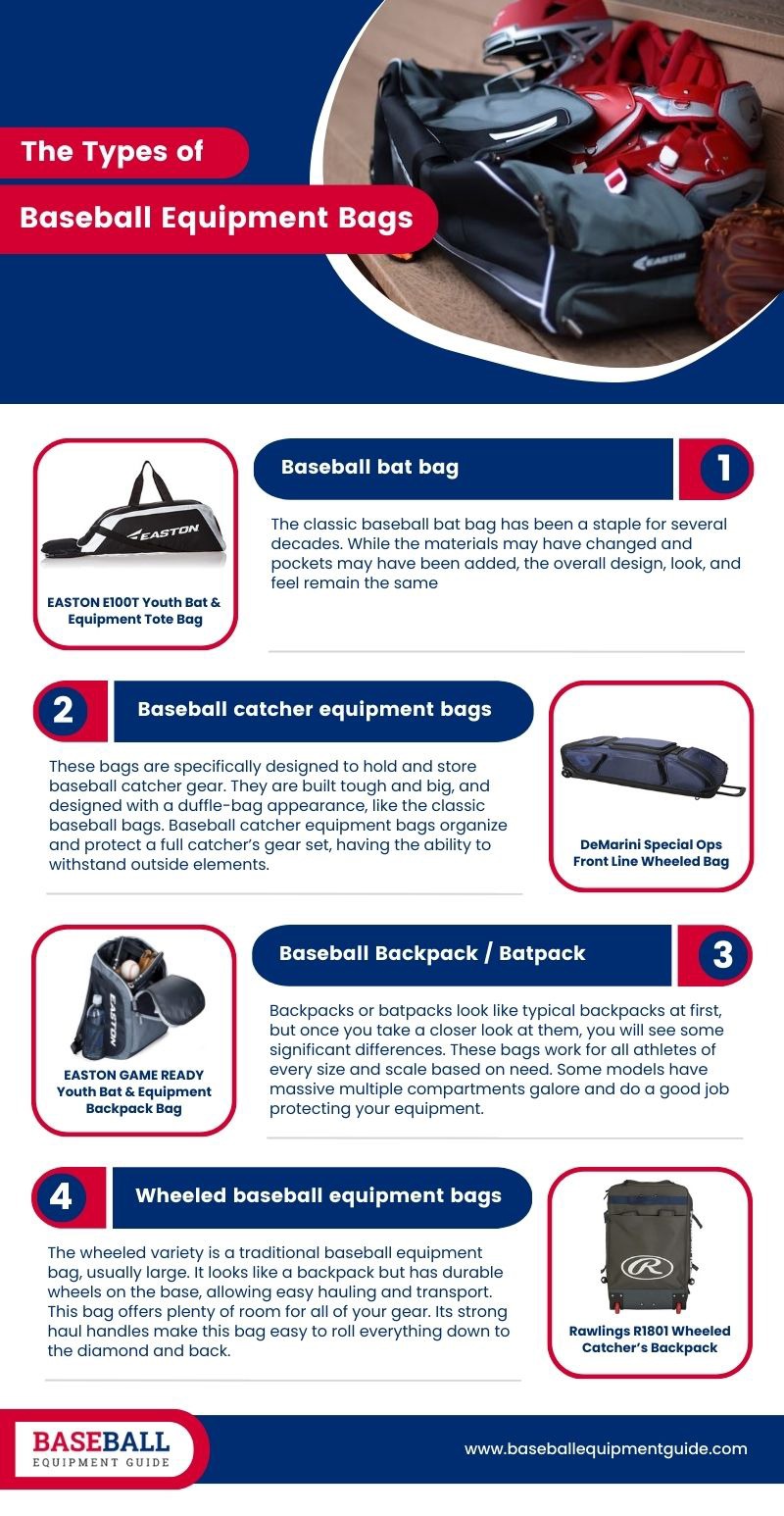Baseball is a popular sport that is played all around the world. Nonetheless, the environment in which baseball is played can significantly affect how challenging the game is. The effect of playing baseball at high elevations is one aspect that has generated discussion. The atmospheric conditions fluctuate at high elevations, which can have a considerable impact on the game by altering how the ball moves through the air. In this post, we will analyze if it is tougher to play baseball at high elevations and how the atmospheric conditions affect the game for pitchers, batters, and fielders.
Atmospheric Conditions at High Altitudes
High-altitude atmospheric conditions differ greatly from those at sea level, and these variations can have a variety of effects on baseball play. The main distinction is the decreased air resistance caused by the lower air pressure and density at higher altitudes.
Pitchers who throw breaking balls, which rely on air resistance to shift the ball’s trajectory, may find it more difficult as a result of the decreased air resistance. The ball can also move more quickly and far than it could at sea level because of the decreased air resistance. Pitches thrown at high altitudes have less movement as a result, which makes it simpler for batters to make contact with the ball.
The flight of the ball after being struck by the bat may also be affected by the decreased air resistance. As a result of the ball’s increased speed and distance, more home runs may be hit. High elevations have thinner air, which makes it simpler for hitters to hit the ball hard and generate a high exit velocity.
The decreased air resistance may also have an effect on fielding. The ball’s trajectory can be erratic, making it difficult for fielders to set up their positions. Moreover, fielders may find it more difficult to make plays because of the ball’s increased speed and distance.
Effects on Pitchers
The difficulty of playing baseball at high elevations may be most significantly influenced by the effects of high altitude on pitchers. It may be more difficult for pitchers to deliver their standard pitches with the same speed, control, and accuracy due to the reduced air density and pressure.
Because air resistance is reduced at higher altitudes, breaking pitches like curveballs and sliders may lose part of their efficacy in changing the ball’s direction. As a result, pitchers might need to alter their delivery or pitch selection to account for the thinner air.
The speed of fastballs can also be impacted by decreased air resistance. Although fastballs may travel more quickly at higher altitudes because of less air resistance, they might sink or move slower than at sea level. This can make it more challenging for pitchers to deceive batters and get outs.
Pitchers must generally modify their approaches to account for the thinner air and decreased air resistance at high altitudes. To maximize movement, pitchers may need to change their release points or rely more on pitches like four-seam fastballs that rely less on air resistance. As a result of the decreased air density, pitchers may also need to pay closer attention to how quickly their arms are tiring.
Effect on Hitters
If you want to know if playing baseball at high elevations is more difficult, you should also consider the impact of high altitudes on hitters. Higher elevations have thinner air and less air resistance, which can change how the ball travels through the air and affect the hitters’ capacity for making contact and producing power.
It may be simpler for batters to hit the ball harder and get a higher exit velocity at higher altitudes due to the decreased air resistance. The ball may travel farther and quicker than it would at sea level, facilitating home runs and other extra-base hits by the batters
Moreover, pitch movement may be impacted by decreased air resistance. Breaking balls may travel less at higher altitudes since they depend on air resistance to shift direction. Hitters may find it simpler to forecast the ball’s trajectory and make contact.
Yet, hitters may find it more difficult to precisely predict the ball’s flight path due to the thinner air. It might be challenging for batters to time their swings accurately and make contact due to the erratic trajectory of the ball. Furthermore, because of the thinner air, it may be harder for batters to hit breaking balls since they may not move as much as they would at sea level.
Nevertheless, there can be benefits and drawbacks for batters when playing baseball at high elevations. Although the decreased air resistance may make hitting for power easier, making contact may be more difficult due to the uncertain trajectory of the ball and the slower speed of breaking balls.
Effect on Fielders
Baseball in high altitudes can be more difficult to play because of the impact of high altitudes on fielders. It may be more challenging for fielders to forecast where the ball will land since the ball’s unexpected flight path results from less air resistance. More mistakes may be made as a result, and playmaking possibilities may be lost.
High elevations have less air resistance, which can affect the ball’s speed and distance and make it harder for fielders to make plays. Fielders need to have exceptional speed, agility, and reaction time since the ball may fly longer and faster than it would at sea level.
Moreover, lesser air resistance may affect the trajectory of fly balls and pop-ups. These types of hits may not have as much spin or backspin, resulting in an unpredictable flight path that makes it more difficult for fielders to get in position to make a play.
Aside from the effects of reduced air resistance, altitude can have an effect on meteorological conditions at high-altitude ballparks. Thin air can cause cooler temperatures and drier air, affecting field conditions and making it more difficult for fielders to retain their footing.
Overall, the unexpected flight path of the ball increased ball speed, and the potential influence of weather conditions might make fielding the ball more difficult for players at high altitudes. For the best chance of making a good play, fielders may need to modify their positioning, take more cautious approaches to the ball, and pay close attention to the trajectory. In the excitement of the game, fans eager to witness the action live can secure their World Series Tickets to experience the pinnacle of baseball competition firsthand.
Does Playing on High Altitude a Good Training?
When you’re up against athletes who have been preparing since they were middle schoolers, your chances of becoming a professional football player are already slim, and it becomes considerably more difficult to make it to the NFL. Just the best 8% of the best 1% of the best 1% of high school athletes go on to become professionals. Training in high-altitude areas is a great decision if you want to have a more demanding football workout regimen.
Because of the difficult obstacles provided by the decreased air density and pressure, playing baseball at a high altitude might be beneficial for athletes’ training. Athletes may find it more difficult to conduct their typical activities, such as throwing, hitting, and running, as a result of decreased air resistance and lower oxygen levels. Altitude training can improve athletes’ endurance, strength, and agility.
Exercises involving the heart can be more difficult at high elevations since the air is thinner and requires more effort on the part of the body to breathe. As a result of the body adjusting to the lower oxygen levels, cardiovascular fitness may increase. The fact that there is less air resistance can also increase the effectiveness of resistance training because the muscles must work harder to overcome the thinner air.
In addition, playing baseball at altitude can aid in the development of athletes’ focus and mental toughness. Playing baseball at a high altitude can be more psychologically demanding due to the ball’s irregular flight path, higher ball speed, and potential weather conditions. Athletes may become more focused, disciplined, and resilient as a result.
It’s important to remember, though, that training at high altitudes can sometimes be dangerous, especially for athletes who are not accustomed to the lower air pressure and density. Altitude sickness can be brought on by reduced oxygen levels and manifest as headaches, nausea, and vertigo. Athletes should gradually adjust to the altitude, drink enough water, and take enough breaks to relax to prevent overexertion.
The Best Baseball Bags to Bring When Playing Baseball at High Altitudes
A high-quality baseball bag that can withstand the particular difficulties of playing in thin air is crucial while playing baseball at high elevations. The ideal baseball bags for playing at high elevations ought to be strong, roomy, and portable. Check this infographic below to learn more about the various baseball equipment bags you should carry for your upcoming high-altitude baseball game or training.
Playing baseball at high elevations can provide particular difficulties for pitchers, hitters, and fielders alike. It can be harder to pitch, hit, and field the ball because of the reduced air density and pressure, which can also impact its trajectory and speed. Yet, practicing and playing baseball in high altitudes can also give athletes a chance to improve their stamina, strength, and agility. Ultimately, playing baseball in high elevations can be challenging and need some preparation and acclimatization, but it can also be a thrilling and fulfilling experience for players and spectators alike.


